Why Should We Improve Our Mobility and How?
Mobility refers to an individual’s ability to move their body at its full range of motion during any sort of activity. Multiple body systems are incorporated into this process including the musculoskeletal, neurological and cardiovascular systems.
Good mobility is important as it helps individuals move through their daily activities easier and also helps to reduce injury when performing exercises. Levels of mobility can be affected by a range of factors including age, injury, illness and lifestyle behaviours such as sedentary actions. However, there are different ways that mobility can be improved including but not limited to: regular exercise, stretching and mobility exercises, physical therapy and assistive devices. It is also important to work on muscle mobility gradually and safely because over-stretching or pushing the muscles too far can lead to injury.
WHY IS IMPROVING MOBILITY IMPORTANT?
Taking a deeper dive into the importance of mobility, it is important for several reasons, including:
Independence and quality of lifeMobility is important in improving an individual’s quality of life because being able to move around independently will make running errands, socialising with friends and family, attending appointments and engaging in recreational activities easier.
Physical healthBeing more mobile allows the individual to participate in physical activities thus improving their physical health. Regular exercise can also help to reduce the risk of developing chronic conditions such as obesity, diabetes and cardiovascular disease.
Mental healthNot only does it improve your physical health, but your mental health will also improve due to participating in activities such as social gatherings and sports which in turn can reduce the feelings of isolation and depression.
Economic benefitsIndividuals who are more mobile may find commuting easier and therefore be more flexible with where they work. This can open up their employment opportunities and productivity therefore providing more economic benefits.
HOW DO WE IMPROVE MOBILITY?
There are a few ways to improve mobility including:
Regular exerciseKeeping up with exercise in your daily routine will help to improve flexibility, strength, balance and coordination which are all factors that contribute to overall mobility. The exercise can range from walking and cycling to weight training or a combination of them all.
Physical therapyFor individuals who have experienced an injury or have a chronic condition that may affect their mobility, getting a physical therapist to help develop a personalised plan can help to improve their strength, flexibility and balance.
Assistive devicesDevices such as canes, walkers and wheelchairs can help those with mobility impairments to move easily and safely. Each device can be customised to suit the individual’s needs and can also greatly improve their participation in physical activities.
Home modificationsMaking modifications within the home such as installing handrails on a staircase or ramps to get in and out of the house. These changes can make it easier for those with mobility impairments to move around their own home safely.
Medication managementSome medications can be taken to help improve an individual’s mobility however these can only be determined by medical professionals. Working with a healthcare provider to manage dosages or switch medication may result in improved mobility.
Healthy lifestyle habitsMaintaining a healthy diet in conjunction with avoiding smoking and managing chronic conditions such as diabetes and high blood pressure can help lead to a healthier lifestyle and in turn improve mobility.
HOW TO INCORPORATE MOBILITY INTO YOUR WORKOUT ROUTINE
It is recommended by experts to do 5-10 minutes of mobility work either before or after your workout, and also on your rest days. A perfect piece of equipment to accompany this mobility work is a foam roller. Simply rolling out your muscles can help to reduce muscle tightness and soreness, improve your range of motion and help you relax before/after a workout.
Foam rolling is a technique used to alleviate muscle tension and improve one’s range of motion. How to use the foam roller:
Choose the right oneFoam rollers come in different sizes and densities, therefore choosing one appropriate for your needs and experience level is important to avoid injury. It is recommended that beginners start with a softer one whereas those with more experience can try a firmer one
Target the right musclesIdentify the areas you need to foam roll. The most common areas include the calves, hamstrings, glutes, quadriceps, back and shoulders.
Position yourself properlyEnsure you’ve positioned yourself with the target muscle on top of the roller to get the most out of the movement.
Apply pressureSlowly roll back and forth over your targeted muscle and apply pressure to the areas that are feeling tight and tender with your body weight. Adjust the pressure accordingly as you feel the muscle tension begin to release. Be sure to roll out both sides of the body evenly.
StretchAfter foam rolling, be sure to stretch your targeted muscle to improve the range of motion and prevent muscle tension.
Improving mobility is important and should be done gradually and safely over time. Be sure to seek the guidance of a healthcare professional if needed.

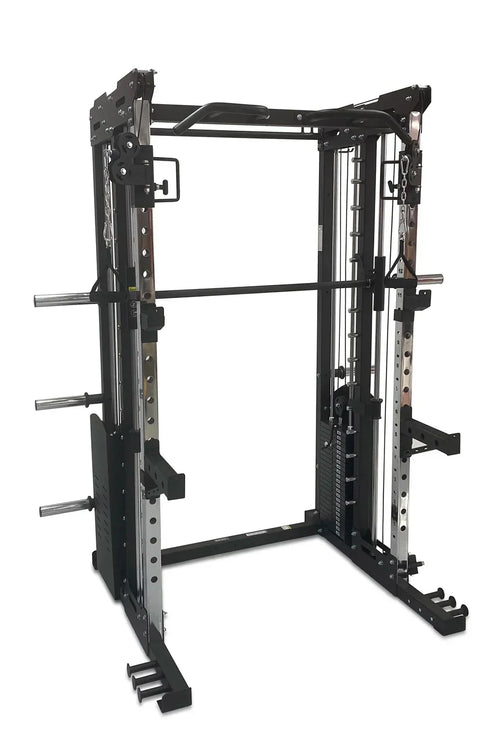
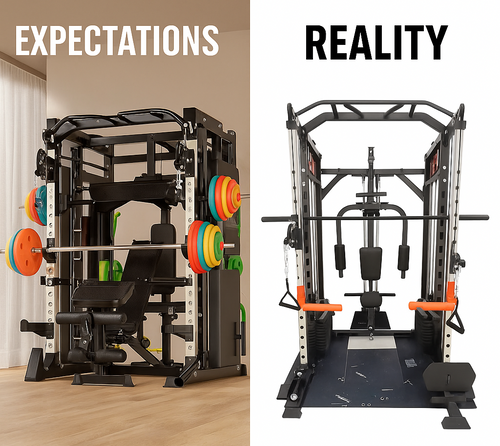
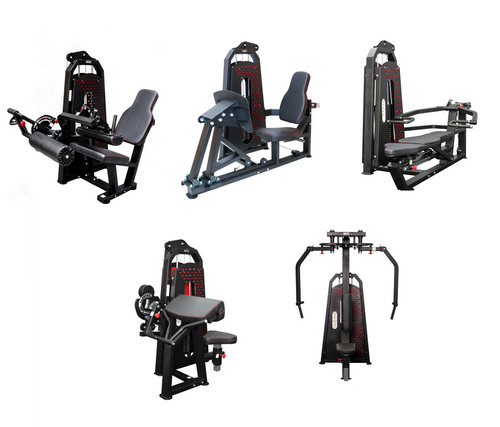
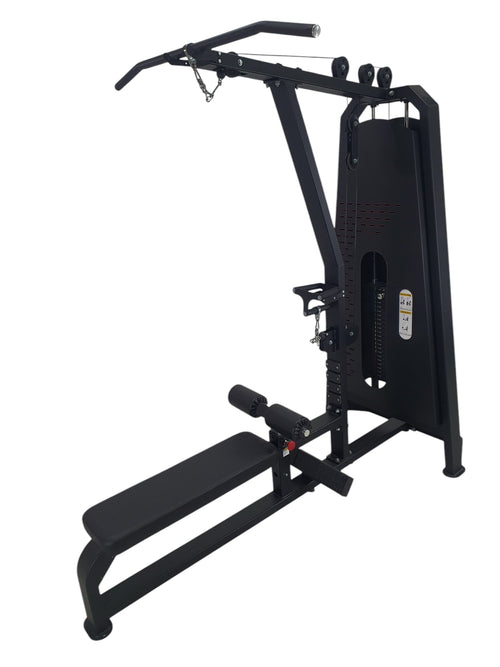
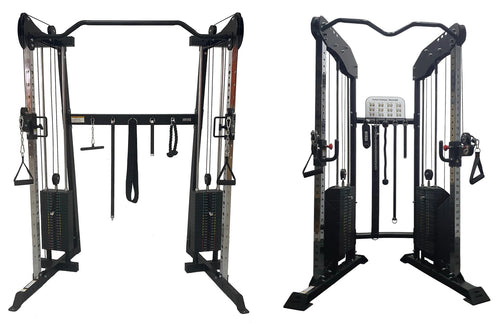
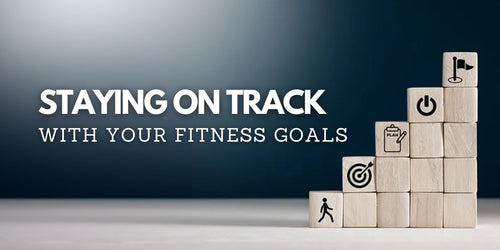
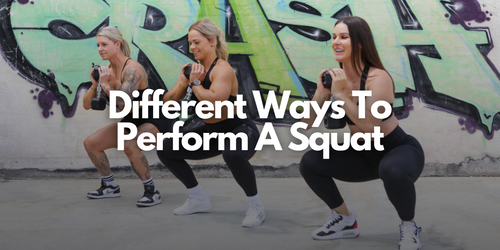


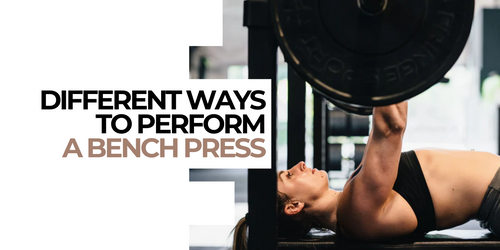
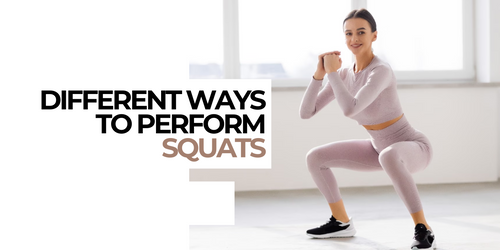

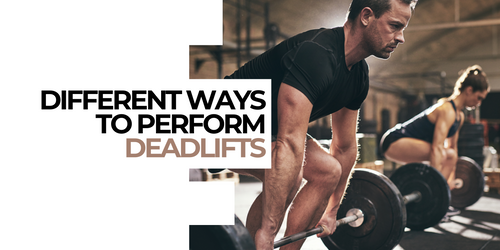

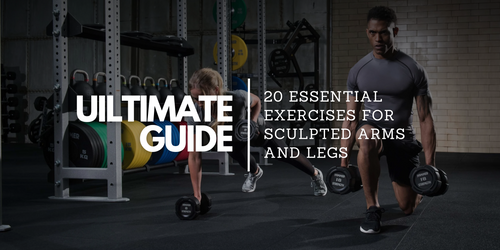




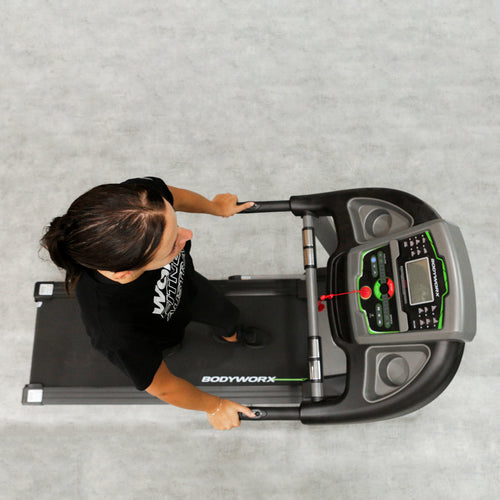
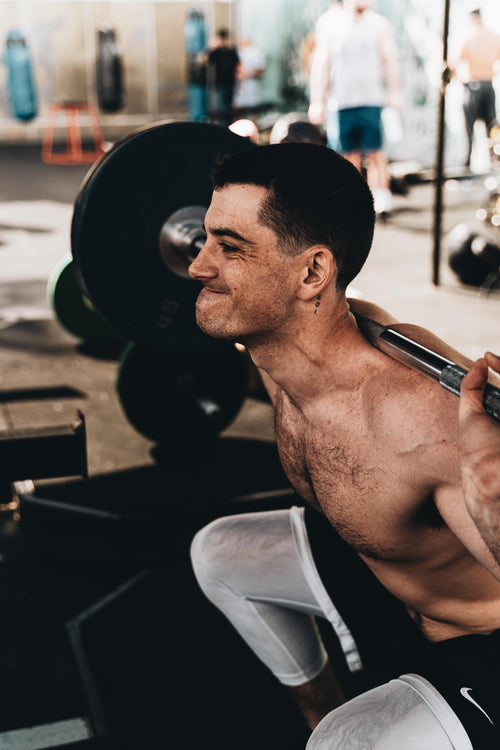


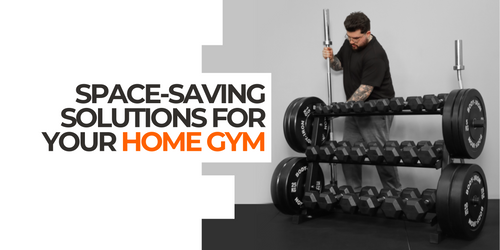
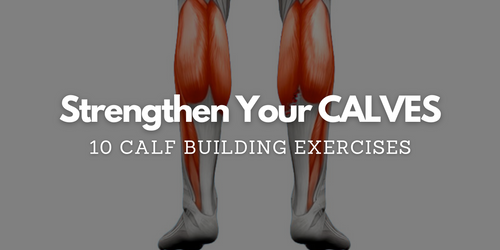
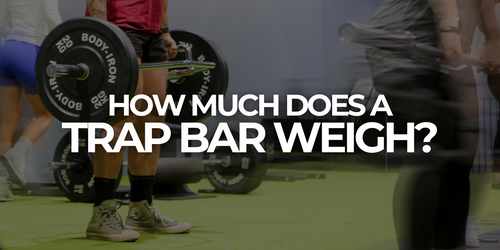
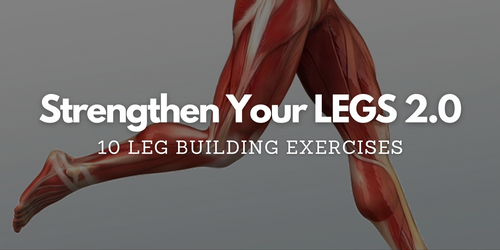
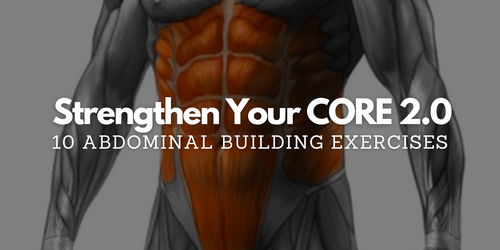

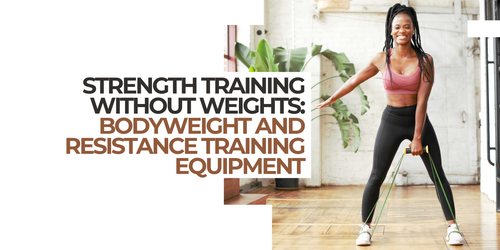
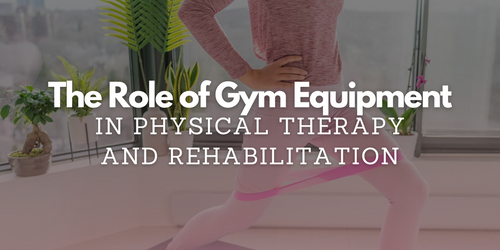
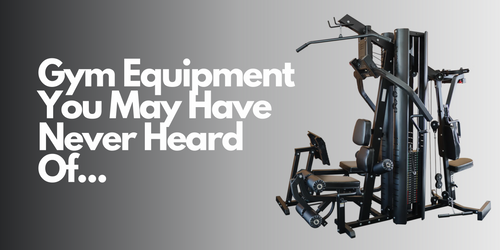
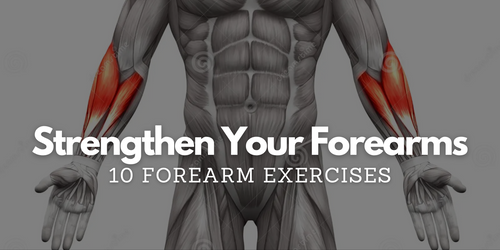
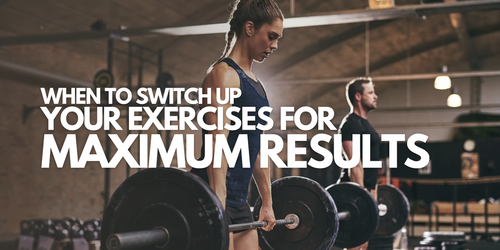
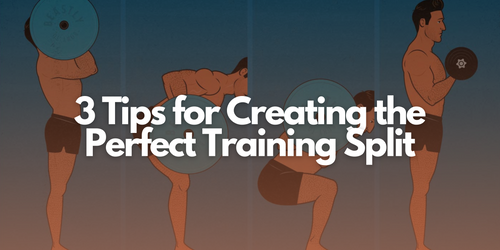

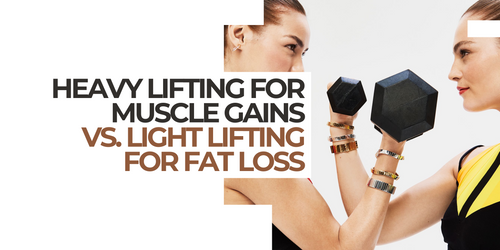
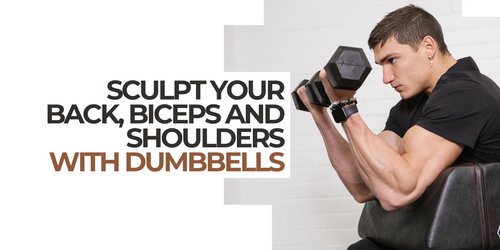
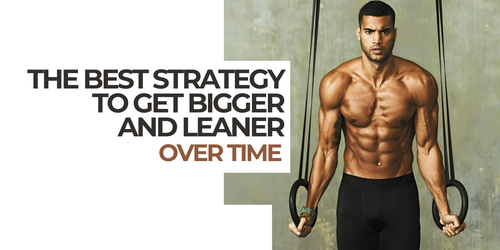
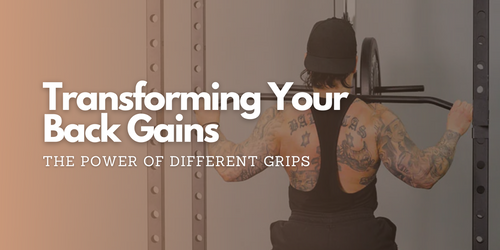
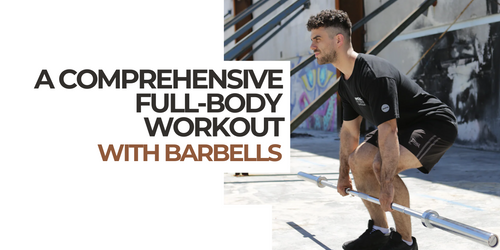
Leave a comment